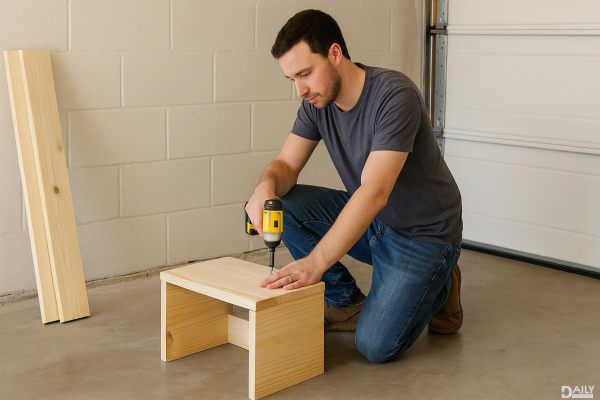Getting the shoulders right on a suit is like nailing the foundation of a house—if it's off, everything else falls apart. A well-fitted shoulder should lie flat against your body without any bunching, pulling, or awkward gaps. The seam where the sleeve meets the body of the jacket should sit right at the edge of your natural shoulder bone—not drooping down your arm or creeping up toward your neck. If the shoulders don’t fit, even the most expensive suit will look like a hand-me-down. So, let’s break down how to avoid the most common shoulder-fitting disasters and get that sharp, polished look you’re after.

First things first—check where the shoulder seam hits. Stand straight in front of a mirror and look at where the seam connects the sleeve to the jacket. If it’s hanging past your natural shoulder bone, the jacket is too big. If it’s sitting on top of your shoulder or digging into your neck, it’s too small. A tailor can’t easily fix shoulder seams, so getting this right off the rack is crucial. If you’re shopping online, measure from the base of your neck to the tip of your shoulder and compare it to the brand’s sizing chart. A quarter-inch off might not seem like much, but it’s the difference between looking tailored and looking like you borrowed your dad’s blazer.
Ever seen a suit where the shoulder looks like it’s collapsing inward, creating a weird dent near the sleeve? That’s the dreaded shoulder divot, and it’s a dead giveaway of poor fit. This usually happens when the jacket’s shoulder padding doesn’t match your natural shoulder slope or when the armhole is cut too high. If you notice this wrinkling when you move your arms, the jacket isn’t right for your frame. Some guys think more padding fixes the issue, but over-padded shoulders just make you look like a 1980s Wall Street caricature. Instead, opt for a jacket with minimal or natural padding that follows your body’s shape.
If the fabric around your shoulders looks like it’s been crumpled or has excess material, you’ve got a bunching problem. This often happens with suits that are too big or have overly structured shoulders for your frame. A little wrinkling is normal with movement, but if the fabric stays bunched when you’re standing still, it’s a bad fit. Slimmer guys should avoid heavy canvassing and opt for softer shoulders, while broader frames can handle a bit more structure. And if you’re between sizes? Always size down—it’s easier for a tailor to let out the waist than to fix shoulder excess.
High armholes are your friend—they give you better range of motion and a cleaner silhouette. But if the armholes are cut too low, the jacket will pull at the shoulders every time you move, creating unsightly tension lines. Test this by raising your arms slightly; if the whole jacket lifts up like you’re doing the YMCA dance, the armholes are too low. On the flip side, armholes that are too high can feel restrictive and make the shoulders look boxy. The sweet spot? Just enough room to move comfortably without the jacket shifting around like a loose T-shirt.
Some shoulder issues just can’t be fixed. If the jacket has extreme puckering, the padding is lumpy, or the shoulders are so wide you could fit a football player underneath, no amount of tailoring will save it. Don’t fall for the “it’s on sale” trap—ill-fitting shoulders will haunt you in every photo and meeting. Instead, invest in a suit that fits well in the shoulders from the start, even if it means spending a little more. Your future self (and your Instagram feed) will thank you.
Getting the shoulders right is non-negotiable if you want to look polished and put-together. Whether you’re buying off the rack or going custom, pay attention to the seam placement, padding, and armholes. And remember: when in doubt, a good tailor is worth their weight in gold—just don’t expect them to perform miracles on a hopelessly ill-fitting jacket. Nail the shoulders, and the rest of the suit will fall into place like magic.
























